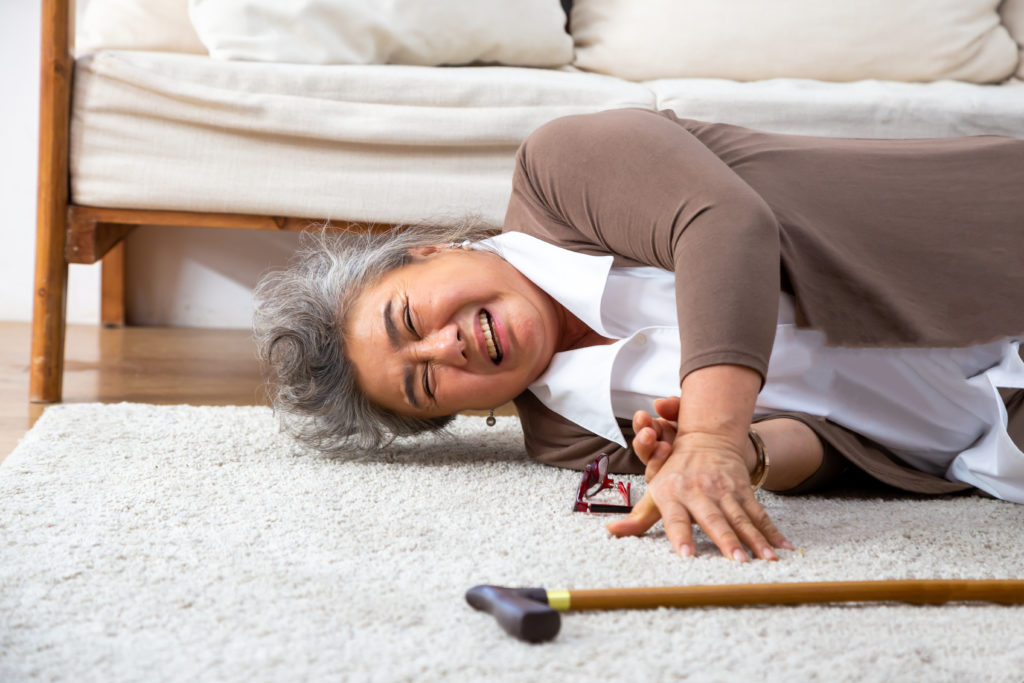Prevent Falls

According to the CDC, there are more than 36 million falls each year, and 1 in every 5 of these falls results in a broken bone. To put this in perspective, every second of every day an adult over the age of 65 will have a fall. There are many contributing factors that can cause an adult to fall. These include weakness, medicines, home environment, community environment, nutritional status, and balance. So, how do we prevent falls? Physical therapists can help manage and lower the risk in many of these categories, but one area they specialize in is treating balance deficits. We all have 3 main systems that work together in order to maintain our balance. They are our vision, vestibular, and somatosensory (proprioception) systems. Let’s dive in and see how each of these function.
Prevent Falls by Improving Balance
Our vision is a critical component of our balance system. We rely on this for depth perception, peripheral vision, light/dark environments, acuity, etc. However, as we age, our vision slowly starts to deteriorate. We may become near or far sighted, we may develop other eye conditions such as macular degeneration, but we also begin to lose our sensitivity in low light areas. Maintaining a well lit home with nightlights is a great way to help reduce the risk of falls.
Vestibular
Our vestibular system is what detects linear and rotational movements. In other words, acceleration or deceleration of our body. It is responsible for our brain understanding if we are turning right, left, moving up, moving down, speeding up, or slowing down. It also helps to orient our head/eyes relative to the horizon. Try staring at a picture on the wall. Now, move your head to your shoulder and notice the orientation of the picture doesn’t change?
Somatosensory
Lastly, our somatosensory (proprioception) is made up of multiple different nerves in our joints, skin, muscle, and tendons. They help to detect stretch, pressure which, in turn, will tell if our body is touching the ground, or how our limbs, head, and trunk are all oriented relative to another. Try closing your eyes and touching your index finger to your knee or elbow or nose. We are sensing where our limb is in space.
Each of these is a key contributor to our balance. When one of these systems isn’t operating efficiently, it can confuse the other system and result in dizziness, loss of balance, or falls. Physical therapists will work to train these systems and help find other ways to prevent falls or lower your risk for falls. Before beginning any balance exercises, it is important to meet with a physical therapist so they can make sure you perform these exercises safely and correctly while also identifying your deficits to help achieve your goals. Don’t forget to check out How to Prevent Falls in the Winter Months for more tips.
References
- Avin, K. G., Hanke, T. A., Kirk-Sanche, N., McDonough, C. M., Shubert, T. E., Hardage, J., & Hartley, G. (2015). Management of Falls in Community- Dwelling Older Adults: Clinical Guidance Statement From the Academy of Geriatric Physical Therapy of the American Physical Therapy Association. Physical Therapy, 95(6), 815–834.
